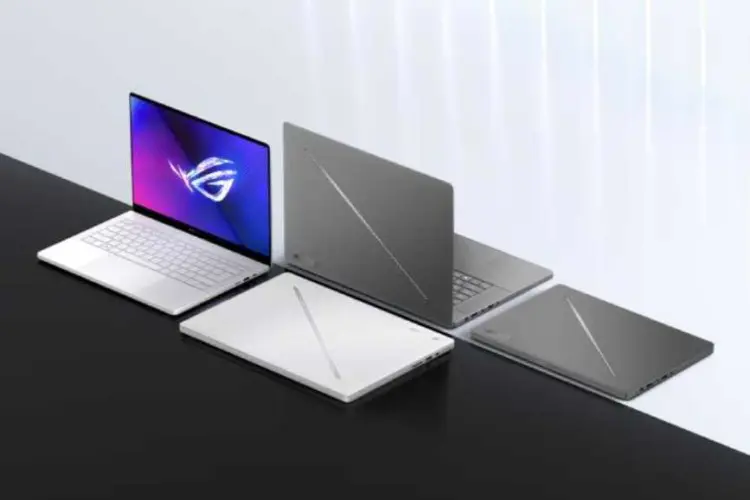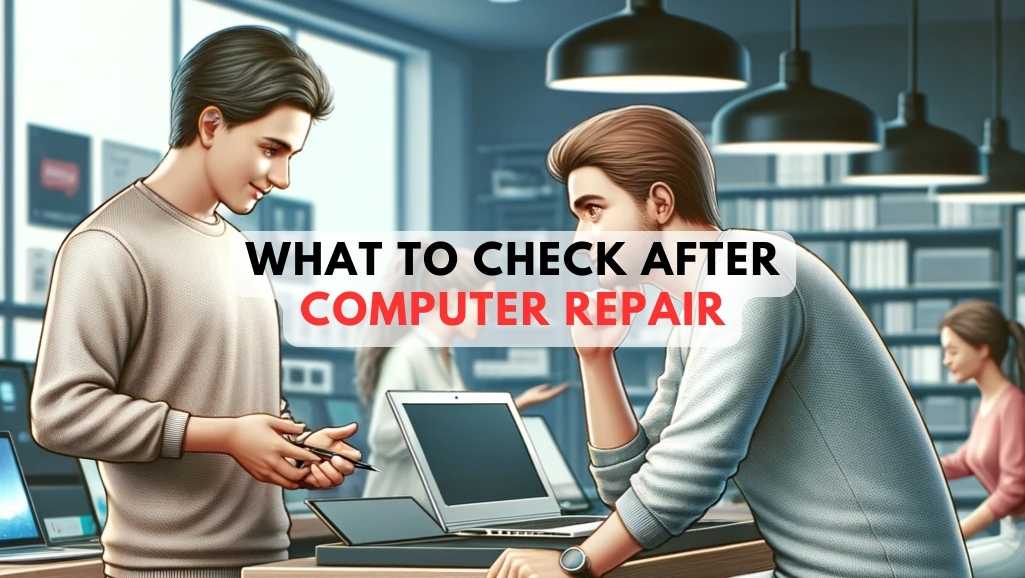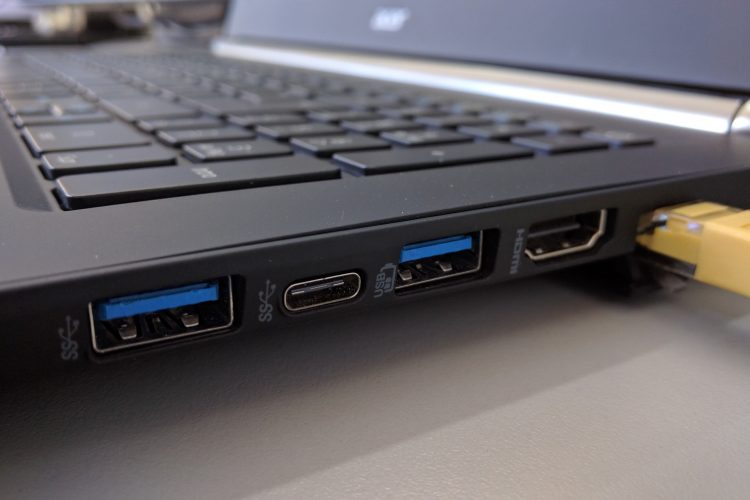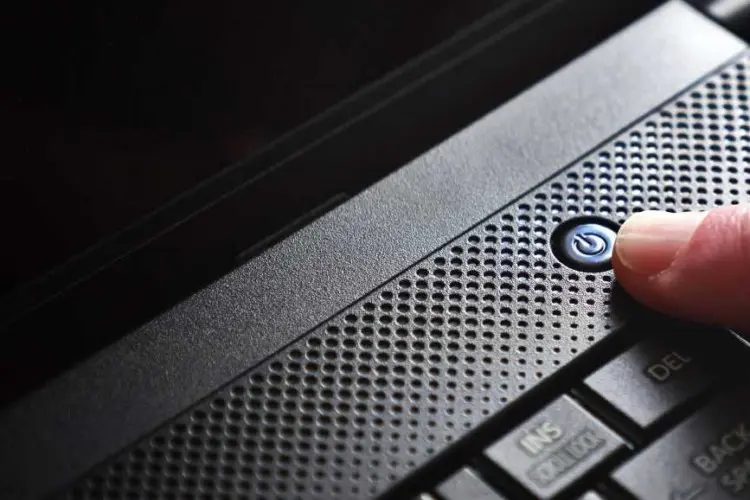
12 Signs Your Gaming Laptop Needs Professional Laptop Repair
12 Clear Signs Your Gaming Laptop Needs Repair (Before It Gets Worse) Gaming laptops are built for speed and heavy workloads. But even top-tier machines

Whenever your computer heads to the repair shop, feelings of anxiety creep in. Will they handle the device with care? Do a thorough job? Charge fairly? Upon getting it back, you want to breathe easy knowing repairs went smoothly.
However, shops occasionally miss issues or create new ones. That is why running post-repair checkups is crucial. Verifying everything works right gives peace of mind about the service. Plus, catching any outstanding problems early allows you to request follow-ups before the shop’s warranties expire.
This article covers essential computer repair checks to perform once your device is back in your hands. While no inspection process is flawless, being vigilant helps ensure you get satisfactory fixes for your money. We will tackle what to look for across software, hardware, physical device condition, repair records, data integrity, and follow-up with the shop if necessary. Using these computer repair verification tips reduces anxiety and arms you to address problems promptly.
Verifying repairs did not break existing software functionality gives insight into the shop’s care and competency. Start by launching main programs you use like web browsers, productivity suites, creative apps, etc. Open and interact with them to ensure normal performance without crashes or error messages.
Pay attention to anything running slower than before taking it in. While some lagging may come from Install updates while there, performance should not tank across applications. This alerts you to potential problems like unnecessary reformatting, component failures, or improper installations.
Check internet connectivity by browsing to heavy sites like YouTube. Scan for missing browser plugins that assist workflows. Verify bookmarks/favorites carried over too, restoring any lost ones.
Review program settings and customizations next. Shops often must revert changes to troubleshoot but should restore ones assisting your productivity. For example, default system options may lose custom file locations from creative tools. Or screen reader accessibility configurations could get switched off incorrectly.
Shifting focus to hardware, thoroughly test all components the repair may have touched. This spots potential mistakes like connectors loosening or incorrect wiring.
Begin with external ports – are USBs, display cables, networking ports, memory card readers, etc. snug and working? Troubleshoot recognition issues for mice, keyboards, webcams, and other peripherals. Update drivers if they no longer pair smoothly.

Listen closely for unusual fan noises indicating dislodged internal cables brushing against blades. Power on visual inspection sees loose screws or dirt/debris left inside from sloppy reassembly. Verify no new physical damage like cracks or dents occurred while at the shop.
Review paperwork detailing repair steps taken – did they replace/upgrade any hardware? Test those specifically, as unfamiliarity sometimes causes shops to misconfigure parts. If hands were inside your machine, inspect the quality of cable routing and tidy component layout too.
Notify the shop of any hardware-related problems missed during quality control. But refrain from accusatory language – calmly detail issues so they understand and provide follow-up. Hardware faults slip by even careful technicians initially.
Before even turning your device on, conduct a thorough visual check for anything amiss. Start by inspecting exterior condition – are any new scratches, cracks, dents, warping, or discoloration visible? Make sure plates/covers removed during repair reattached correctly without gaps revealing insides.
Shine a light around connector ports for frayed cables, obstructed pins, or missing screws from prior peripherals. Unplug each to peer closely for bent/damaged pins too – camera cables and USB ports commonly loosen.
Open it up again if you are comfortable doing so. Scan inside for stray dust bunnies or debris technicians failed to blow out. Check proper cable routing so none get caught or severed when closing panels. Confirm components sit straight with tightened screws to prevent future shorts.
Spy any forgotten tools or parts too – stray screws particularly notorious for damage when left loose internally. While an embarrassment for shops when uncovered later, better you find debris first before it likely fails a component.
Paper trails matter – both for your awareness and holding shops accountable later. Expect detailed paperwork listing repairs performed, components replaced, diagnostics run, settings changed, and parts warranties. Cross-check records against work you approved beforehand. Bills should not sneak in unapproved services at marked-up rates quietly.
Scan descriptions of issues fixed for clarity too. Techs utilize vague shorthand like “reformatted OS” or “replaced thermal paste on GPU.” Ensure notes determine causes specifically and steps done. If new problems arise later, foggy records prevent determining whether performed work related.
Review any attached diagnostic reports from tools like hardware sensors or antivirus scans as well. Shops absolve themselves of responsibility for existing problems known beforehand. But they should highlight new discoveries in documentation provided to you.
Note that technicians document obvious existing damage too for liability. Check those older itemized issues against current condition to confirm no progression. While shops should not worsen earlier wear and tear, nor do warranties oblige them to resolve.
Computer repairs allow extensive under-the-hood access raising data security concerns. Reformatting drives or replacing components risk exposing personal info if not handled carefully. Verify safety precautions kept information private.
Scan for viruses or malware not present beforehand – even placeholding anti-malware apps uninstalled temporarily during certain repairs. Technicians focus narrowly on physical fixes, not assessing wider malware impact across files/folders. So search file contents proactively for unfamiliar scripts, mysterious executables modified/added dates, or strange logs referenced.
Test backups still restore too, both external drives and cloud redundancy. Work under the hood commonly disrupts automated schedules. Ensure no data loss if underlying issues required full system wipes. Backup before diving into using the computer heavily again as well.
Spot check document/media changes too by sampling sorted folders containing financial records, important client materials, irreplaceable creative project files, etc. Repairs shuffling drive contents sometimes misplace key items. Ensure no concerning surprises got buried unintentionally.
Before diving back into intense computer use, preserve its post-repair state to ease any future follow-ups. Run complete file backups externally, including imaging the full drive if possible. This captures configurations vulnerable to future unrelated issues.
Keep repair paperwork handy when questions arise down the road too – shops reference past details to determine responsibilities. Note any ambiguous diagnoses lacking clarity upfront however for their explanation. You want definitive causes spelled out for problems thought fixed but recurring.
Notify the shop quickly but calmly regarding any issues missed during the retrieval inspection. Clearly describe symptoms and impact, but refrain from accusatory tones about negligence. Hear out next steps proposed fully before judging effectiveness too.
If multiple problems escaped their quality testing, politely request a follow-up appointment rather than repeat visits. Compensation may come up for the inconvenience if you remain solutions-focused, not angry regarding oversights. Understand mistakes happen but should conclude promptly.

12 Clear Signs Your Gaming Laptop Needs Repair (Before It Gets Worse) Gaming laptops are built for speed and heavy workloads. But even top-tier machines

How to Recover Data from a Laptop That Won’t Boot Quick Summary: How to Recover Data from a Laptop That Won’t Boot If your laptop

Best Data Recovery in Singapore (2025 Guide) Losing important files from work projects to cherished photos can be stressful. Whether it’s a hard drive crash,